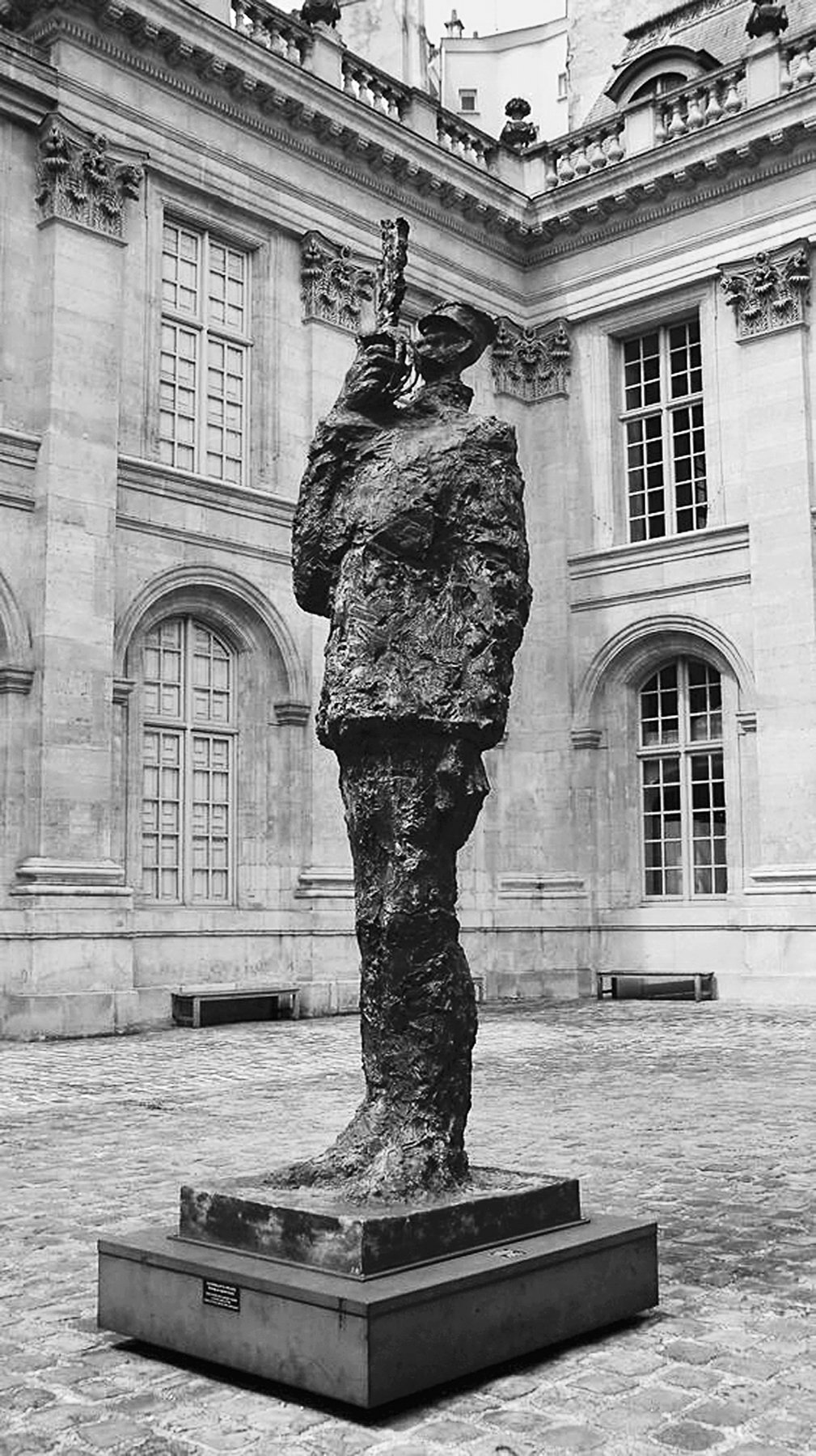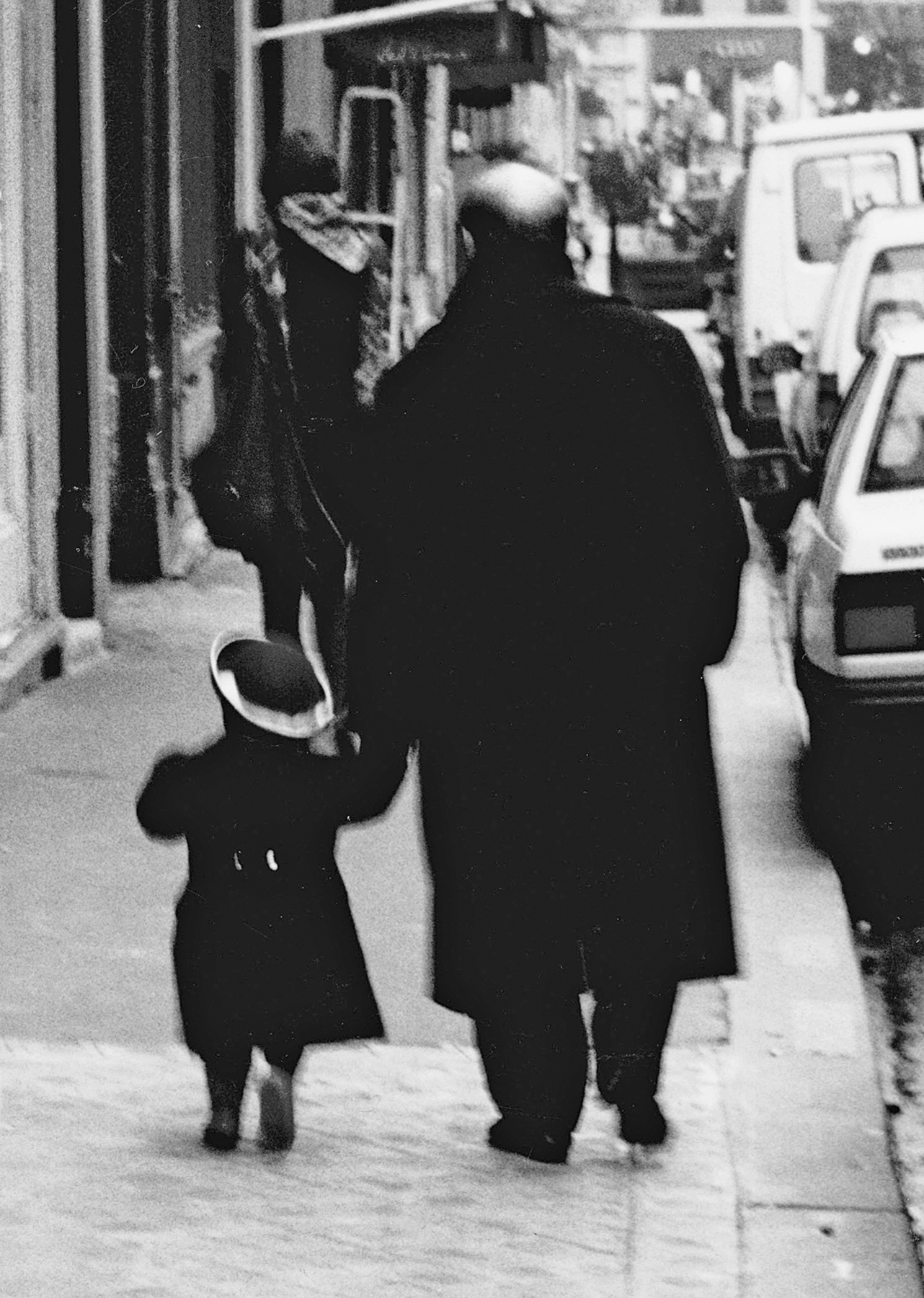A truck stop outside Poitiers. August 2010. 11 a.m. 22°C. Heat sucks moisture from the skin and desiccates the mouth. Kids, fully clothed, run squealing through the mist of a brumisateur. Feeling faintly foolish, I follow at a sober adult pace into a delicious rush of wet and cold. (Is this what a skydiver feels as he plummets through a cloud?) As I unlock the car a few minutes later, my clothes are just–ironed dry.
MODESTO, CALIFORNIA, HOMETOWN OF STAR WARS CREATOR George Lucas, could have been Junee in New South Wales, where I grew up. The table–flat landscape; the ubiquitous pickups; the locals lounging on benches, time on their hands and nothing on their minds; the railway line cutting the town in two; the freight trains that clanked through the level crossing, damming back traffic on each side—I knew them all. Lucas’s alter ego, Luke Skywalker, spoke for us both when he said of his home planet, Tatooine: “If there’s a bright center to the universe, you’re on the planet that it’s farthest from.”
For proof that weather and landscape influence behavior, look no further than the similarities between countries with similar ecologies. Anyone who has lived in a community like Modesto, never mind its nationality, will tell you that the perception of days and weeks stretches or shrinks with the season, time flowing faster or slower in accordance with the degree of heat or cold.
Our brains know that time is elastic. A mild electrical current applied to the right inferior frontal cortex changes our sense of duration. A sustained lack of sunlight can induce depression. Why should stifling humidity or Arctic cold not have a similar effect?
Older societies adjusted their system of measurement to physical circumstances. The Persians measured distances not in kilometers but in parasangs, an elastic term representing how far one could walk in an hour in the local terrain. The rougher the country, the shorter the parasang. A “New York minute” is the parasang writ small. It recognizes that in a busy city, time speeds up—something even Einstein understood: a light–year, after all, is a parasang at the opposite end of the scale.
In a lifetime spent in Anglo–Saxon countries, I’d experienced a succession of seismic social and artistic changes: the Beat Generation, 1968 and the student revolution, flower power, Woodstock. After each, we brushed ourselves off, burned our banners, gave our outdated T–shirts to Goodwill, and moved on.
An acceptance of this fluid lifestyle had governed my life in California, where each day one woke alert for the Next Big Thing. But I felt no such urgency in France. Within its cultural microclimate, time moved at a different speed, sometimes even running in reverse or circling back on itself. I began to doubt my former commitment to the future. California found no merit in dwelling on the past, whereas France seemed to do little else.
In 1988, the French government commissioned a statue to mark the centenary of the wrongful conviction for treason of army officer Alfred Dreyfus, framed in a shameful example of an endemic anti–Semitism. Almost four meters tall, the statue depicted an officer saluting with a broken sword. The surface of the figure was bubbled, as if it had been dipped in pitch, then set on fire.
Minister of Culture Jack Lang wanted it erected on the parade ground of the École Militaire, the military college where Dreyfus was ritually disgraced before being deported to Devil’s Island. The army blocked its placement in so sensitive a location. (“My dear sir, are you aware that even Napoléon graduated from here?”) Banished to the Tuileries Garden, it stood for years in an obscure corner, facing a blank wall. Rehabilitated in 1994, it found a permanent home in a tiny park on boulevard Raspail, on the edge of Montparnasse.
When Louise was little I would walk her to school, past the park. We watched workmen construct a base and maneuver the heavy bronze figure into place. That was on a Friday. When we returned on Monday, somebody had spray–painted a word on the stone plinth.
Louise stopped and spelled it out. “What does this mean, Papa?”
“I’m not sure. Come on, chérie. We’ll be late.”
The word was traître. “Traitor.”
In France, the past, like the weather, was ever with us—for good or ill.

Statue of Alfred Dreyfus by Louis Mittelberg.

Learning to be papa. With Louise, age five.
Montel, Marie–Dominique. Author with Daughter.